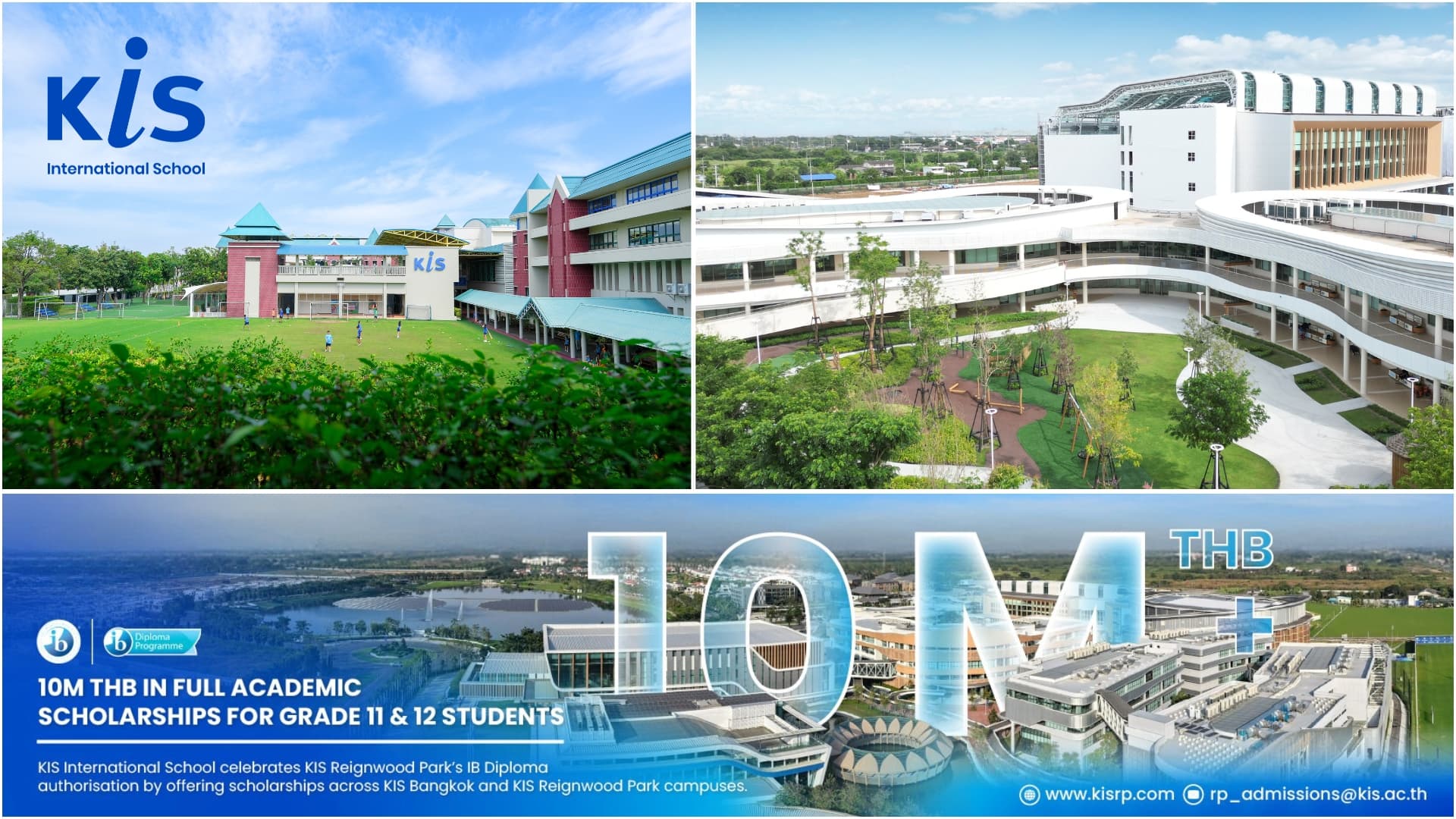What Is Secondary School?
A secondary school or Vietnam high school is defined as an institution offering a secondary school education after primary school. Secondary school education is compulsory for students in most countries to prepare them for higher education in the future.
A typical secondary school education lasts for at least five years. The age of an average secondary school student is 13 years old and they will receive a secondary school education until the age of 17 or 18 before pursuing pre-university studies.
What is the Best Age to Start Secondary School in Vietnam?
Students enter secondary schools in Vietnam at age 11. Vietnam high schools are structured into lower secondary and upper secondary levels. Lower secondary school in Vietnam ends at age 15. Graduates from the lower secondary programme can transition into upper secondary school where they will study until the age of 18.
On the other hand, the beginning of international secondary schools in Vietnam depends on the curriculum offered by the respective schools. Schools that follow the British Curriculum Secondary levels consist of KS3 (Ages 11 to 14) and KS4 (Ages 14 to 16). Students will typically sit for the (I)GCSE examinations at the end of KS4 at age 16. The curriculum aims to hone students’ higher order thinking skills and encourage independent learning as they prepare for the (I)GCSE examinations. At pre-university level, students can also go through KS5 from the ages of 16 to 18.
For the American Curriculum, students aged 11 to 14 progress to Middle School which covers Grade 6 to Grade 8. They then move on to High School until the age of 18 to complete Grade 9 to Grade 12. The core subjects at each level are English language, arts, mathematics, science and social studies. In addition, students are exposed to visual and performing arts, foreign languages, physical education and technology.
Vietnam Secondary School Curriculum
The syllabus for lower secondary schools in Vietnam requires students to learn the following subjects — Vietnamese, foreign language, mathematics, natural sciences, civics, history, geography, technology, computer science, arts, and physical education. In Grade 9, students will be granted the Lower Secondary Education Graduation Diploma upon successful completion of the curriculum. Upper secondary education in Vietnam is highly competitive and purely examination-based. Students can choose to take on subjects in one of two streams which are science and humanities. The Secondary Education Graduation Diploma will be awarded to students in Grade 12. Students who lack the qualifications to enter upper secondary schools in Vietnam can enrol in vocational secondary school programmes or opt for an international school education.
Secondary Schools in Vietnam
Parents have many options when it comes to secondary schools in Vietnam. There are 10,321 lower-secondary schools and 2,399 upper-secondary schools in Vietnam. Majority of classrooms in international secondary schools in Vietnam are instructed by a single teacher and class sizes are relatively small. Teaching assistants are sometimes present. Secondary school education at government schools is not compulsory.
How Do You Apply to Secondary Schools in Vietnam?
Parents who are interested in enrolling their children in international schools can contact the school directly for application purposes. Generally, the international school application process involves payment of registration fee and assessment test. If the child meets all requirements, parents would need to pay an admission fee and deposit for successful enrolment.
What are the Average Fees for Secondary School in Vietnam?
Secondary school education in Vietnam is not completely free but affordable. Secondary schools still charge a variety of supplementary fees, ranging from maintenance levies to fees for the acquisition of books and uniforms.
Like the majority of international schools across Asia, each international secondary school in Vietnam has a unique fee structure. Annual tuition fees for international schools are anywhere between USD10,000 and USD20,000. These fees do not include fees for application, registration and deposit. Parents should also take note of the hidden fees such as building development fee, transport fee and the cost for school supplies and uniforms.
References
- https://www.justlanded.com/english/Vietnam/Vietnam-Guide/Education/The-Vietnamese-education-system
- https://wenr.wes.org/2017/11/education-in-vietnam
- https://www.globalpartnership.org/where-we-work/vietnam
- https://transferwise.com/gb/blog/vietnamese-education-overview
- https://www.expat.com/en/guide/asia/vietnam/
- https://immivietnamvisa.com/vietnam-student-visa/

























![[St. Joseph’s Institution International School Malaysia] The Lasallian Education Ethos for a Better Future - Gratitude and Giving](https://eda.sgp1.digitaloceanspaces.com/production/TfRAxzU6ATHvsmC0lblUPD8peQ36lt.jpeg)








